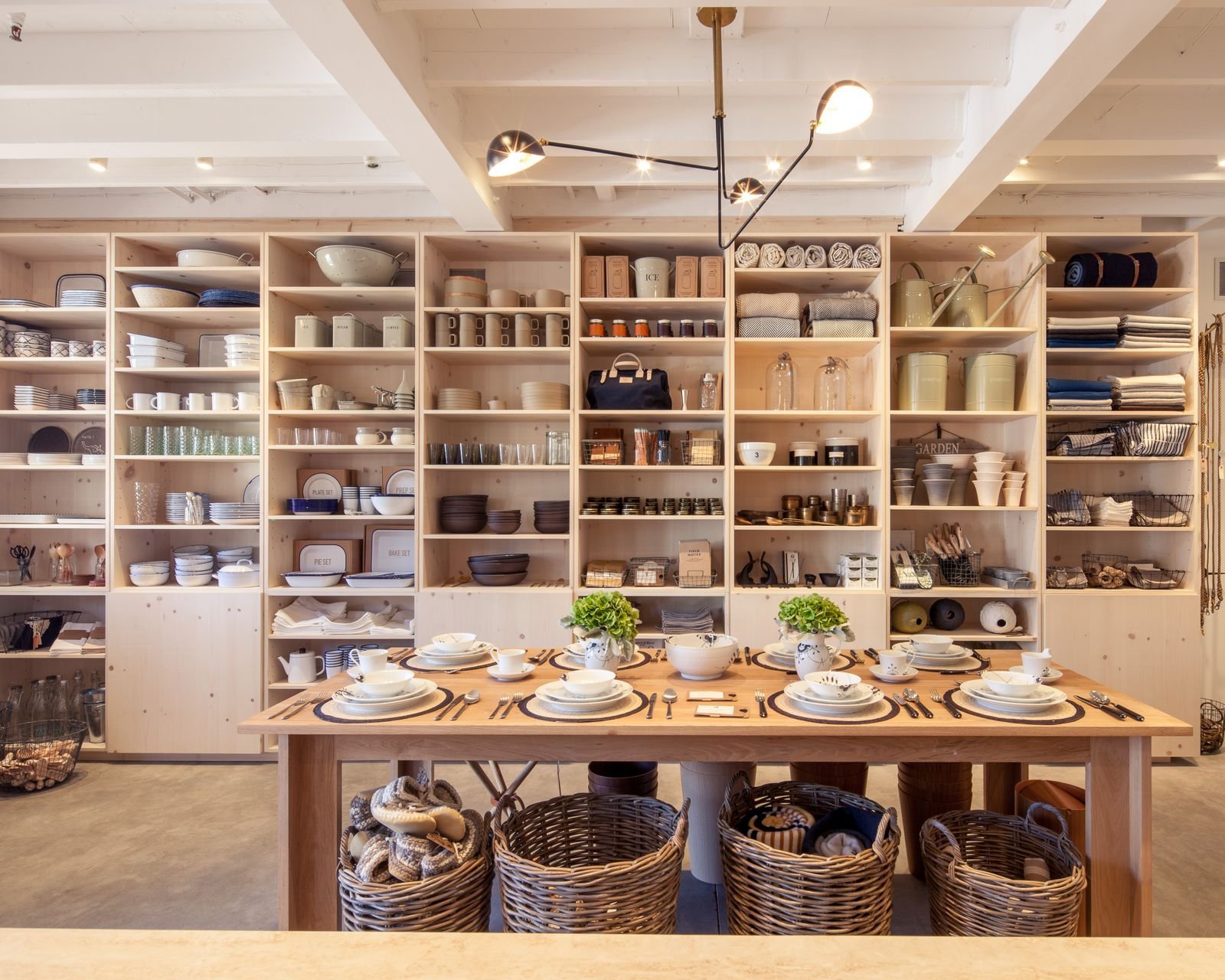Dubai is a global city known for its luxurious lifestyle, innovative architecture, and dynamic interior design trends. When it comes to furnishing homes and commercial spaces, residents and designers in Dubai often face a key question: should they choose modern furniture or traditional styles? Both options offer distinct advantages and aesthetics, but which one is truly trending in Dubai’s ever-evolving design landscape? In this article, we’ll explore the differences between modern and traditional furniture, what’s currently in demand, and how to make the best choice for your space.
Understanding Modern Furniture
Modern furniture is defined by simplicity, clean lines, and a focus on function. Inspired by mid-20th-century design movements, modern pieces typically feature minimal ornamentation, smooth surfaces, and a neutral color palette. Materials such as metal, glass, and engineered wood are frequently used, with a strong emphasis on open space and light.
In Dubai’s contemporary homes and apartments, modern furniture fits seamlessly into urban lifestyles. Compact furniture with multi-functional features is especially popular among younger professionals and families living in high-rise buildings. Open-plan interiors and minimalist decor create a sense of spaciousness, which is ideal for the city’s sleek, modern architecture.
Another important factor contributing to the popularity of modern furniture in Dubai is its adaptability. These pieces can easily blend into a wide variety of spaces, whether residential or commercial, and they complement the city’s affinity for cutting-edge technology and smart home integration.
The Allure of Traditional Furniture
Traditional furniture, on the other hand, emphasizes craftsmanship, intricate details, and timeless elegance. Rooted in historical styles—such as Victorian, Colonial, or Baroque—traditional furniture often includes carved wood, rich fabrics, and deep, warm tones. It reflects a sense of history and permanence, often evoking feelings of comfort and luxury.
In Dubai, traditional furniture remains popular, particularly among families with Middle Eastern, South Asian, or European heritage. Large villas and heritage homes in areas such as Jumeirah and Nad Al Sheba frequently feature opulent living rooms and grand dining spaces furnished with traditional pieces. These designs celebrate cultural identity and personal history, often passed down through generations.
The appeal of traditional furniture also lies in its artistry. Handcrafted pieces made from solid wood or adorned with mother-of-pearl inlays can serve as both functional items and works of art. Many residents value the sentimental and heirloom quality of traditional styles, which often have stories and legacies attached to them.
The Dubai Design Scene: A Fusion of Both Worlds
While some may feel the need to choose between modern and traditional furniture, many Dubai-based designers are now merging the two. This fusion creates eclectic interiors that reflect the city’s multicultural identity. A modern living room might include a traditional wooden coffee table, or a classical bedroom may feature sleek, minimalist lighting.
This trend of mixing styles allows homeowners and interior designers to enjoy the best of both worlds. The clean elegance of modern furniture provides a neutral backdrop, while traditional pieces introduce warmth and character. It’s a balanced approach that appeals to a wide demographic—from young professionals in Downtown Dubai to established families in Emirates Hills.
The Dubai Design Week and events at Dubai Design District (d3) have further promoted this blending of styles. Designers showcase collections that reinterpret classic furniture forms through a modern lens, creating hybrid pieces that feel both familiar and forward-thinking.
What’s Trending Now in Dubai?
In 2025, the furniture trends in Dubai are evolving toward functionality, sustainability, and individuality. The most in-demand furniture styles share a few key characteristics:
- Sustainability: Consumers are becoming more eco-conscious, and furniture brands are responding by offering pieces made from responsibly sourced or recycled materials.
- Customization: Many homeowners want furniture that reflects their personal taste. Custom-made items that combine modern form with traditional craftsmanship are growing in popularity.
- Neutral Color Palettes with Accents: Shades of beige, white, and grey continue to dominate, often highlighted by deep blues, emerald greens, or metallic finishes to add richness.
- Natural Materials: Whether in modern or traditional forms, materials like marble, wood, leather, and linen are highly favored.
- Curved and Organic Forms: Especially in modern furniture, smooth curves and rounded silhouettes are trending, creating softer and more inviting interiors.
Designer Furniture Dubai: A Hub for Inspiration
For those seeking top-tier furnishings, the city offers a wide array of showrooms and retailers showcasing designer furniture. Dubai is home to international names as well as regional creators, all of whom contribute to the city’s vibrant design culture. From Italian imports to locally crafted masterpieces, designer furniture Dubai is both accessible and diverse.
Design districts and luxury malls feature curated spaces where customers can interact with the latest styles, receive expert consultations, and even place custom orders. These venues often blur the line between modern and traditional, proving that the two styles can coexist beautifully in any space.
Luxury Furniture Brands Dubai: Setting Global Standards
The presence of luxury furniture brands in Dubai has elevated the city’s interior design standards. These brands not only offer exquisite craftsmanship and innovative design but also provide exclusive collections tailored for the Dubai market. Whether it’s ornate traditional lounges or sleek contemporary seating, luxury furniture brands Dubai offer something for everyone.
These brands are also leaders in sustainability, customization, and smart technology integration, catering to the city’s affluent and style-conscious clientele. Their showrooms serve as inspirations for how to blend global trends with personal expression.
Making the Right Choice for Your Space
When deciding between modern and traditional furniture, consider the following:
- Your Home’s Architecture: A contemporary apartment might benefit from sleek, modern furniture, while a villa with arches and decorative ceilings could suit traditional pieces better.
- Your Lifestyle: If you value minimal upkeep and versatility, modern furniture may be ideal. For those who cherish history and craftsmanship, traditional furniture offers deeper personal resonance.
- Room Size: Modern furniture often has a lighter visual footprint, making it suitable for smaller spaces. Traditional furniture, with its larger scale and heavier materials, works well in spacious rooms.
- Long-Term Vision: Think about whether your style might evolve. Modular or customizable pieces can provide flexibility as your taste changes over time.
Conclusion
The debate between modern and traditional furniture is alive and well in Dubai, but the city’s design landscape is increasingly embracing both. Whether you’re drawn to the clean simplicity of modern design or the rich elegance of traditional styles, there’s room to express yourself in a way that feels authentic and stylish. With access to world-class showrooms, designer collections, and expert craftsmanship, Dubai remains one of the best places in the world to create a space that reflects who you are.


